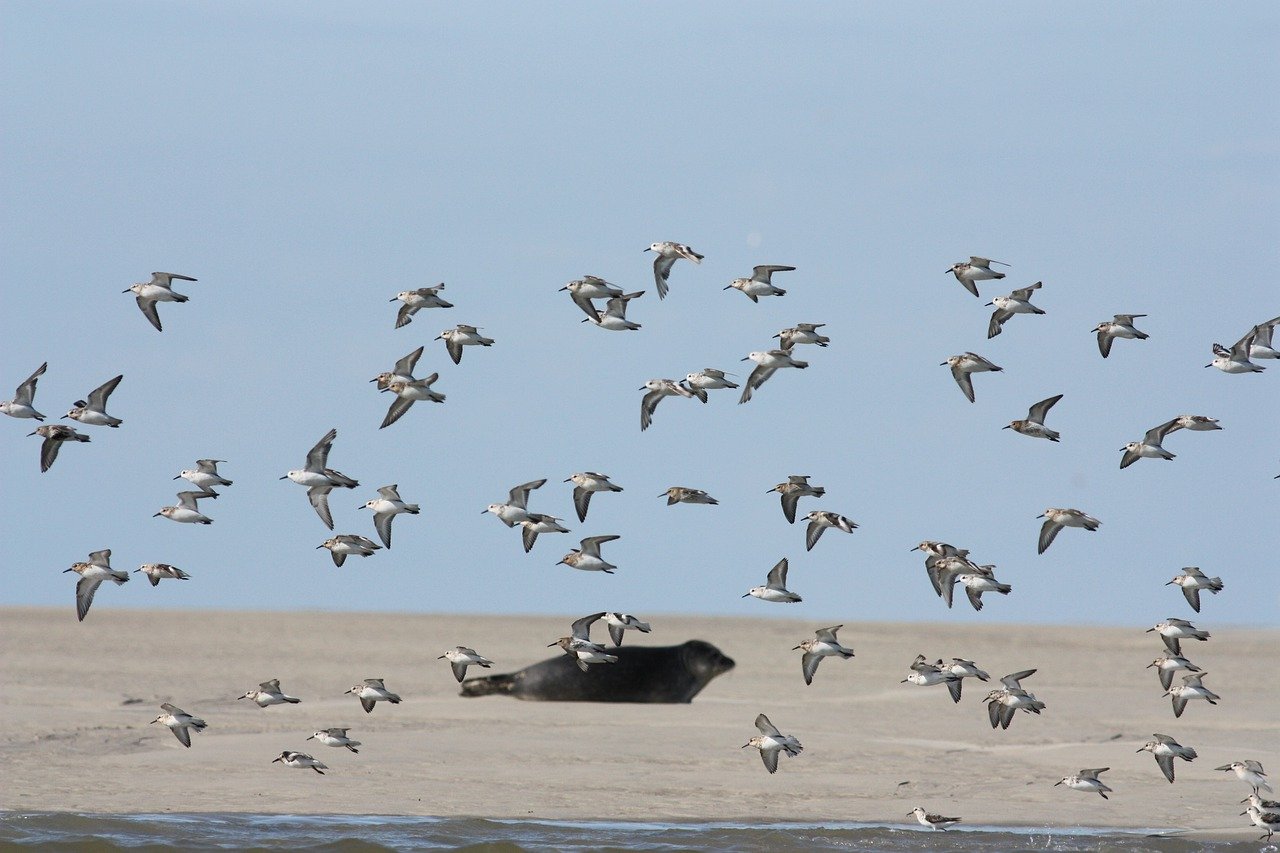Vad berättar sårbarhetsanalyser om framtiden för sydlig kärrsnäppa och ängshök på Öland?
DOI:
https://doi.org/10.34080/os.v20.22632Nyckelord:
hot, naturvård, häckningsframgång, predation, antropogena effekter, rödlistan, hotad (EN), akut hotad (CR)Abstract
Population viability analysis (PVA) has become an important tool in conservation biology. Even though detailed outcomes of PVA:s are constrained by data quality, it is a useful approach when the objective is exploratory, aiming to identify important parameters for viability or to guide future field work on endangered species. In this study we perform PVA:s based on scarce data to explore viability of two endangered bird species, Baltic Dunlin and Montagu’s Harrier, on Öland. Our simulation results underline that both species are under severe threats, with a median time to extinction of 24 years in Baltic Dunlin and 63 years in Montagu’s Harrier. Sensitivity analyses show that population growth rate is the most important factor for the model outcome in both species. Since there are no apparent threats for adult birds on Öland, this suggests that conservation measures should focus on improving conditions for successful breeding on the island. In additional simulations we explore some threats in more detail. In the case of Baltic Dunlin nest predation of eggs and chicks increase the extinction risk. In Montagu’s Harrier viability increases if breeding attempts within agricultural areas are detected and safeguarded. In order to enhance the PVA model, and build a stage-structured model, we suggest that detailed data on fecundity and survival should be collected.
Nedladdningar

Downloads
Publicerad
Referera så här
Nummer
Sektion
Licens
Copyright (c) 2010 Per-Eric Betzholtz, Tobias Berger, Jan Petersson, Johan Stedt

Det här verket är licensierat under en Creative Commons Erkännande 4.0 Internationell-licens.
Författaren/författarna innehar copyright för varje enskilt bidrag, men samtliga bidrag är publicerade under en Creative Commons-licens, så att vem som helst kan dela och återanvända bidraget förutsatt att copyright-innehavaren erkänns.







